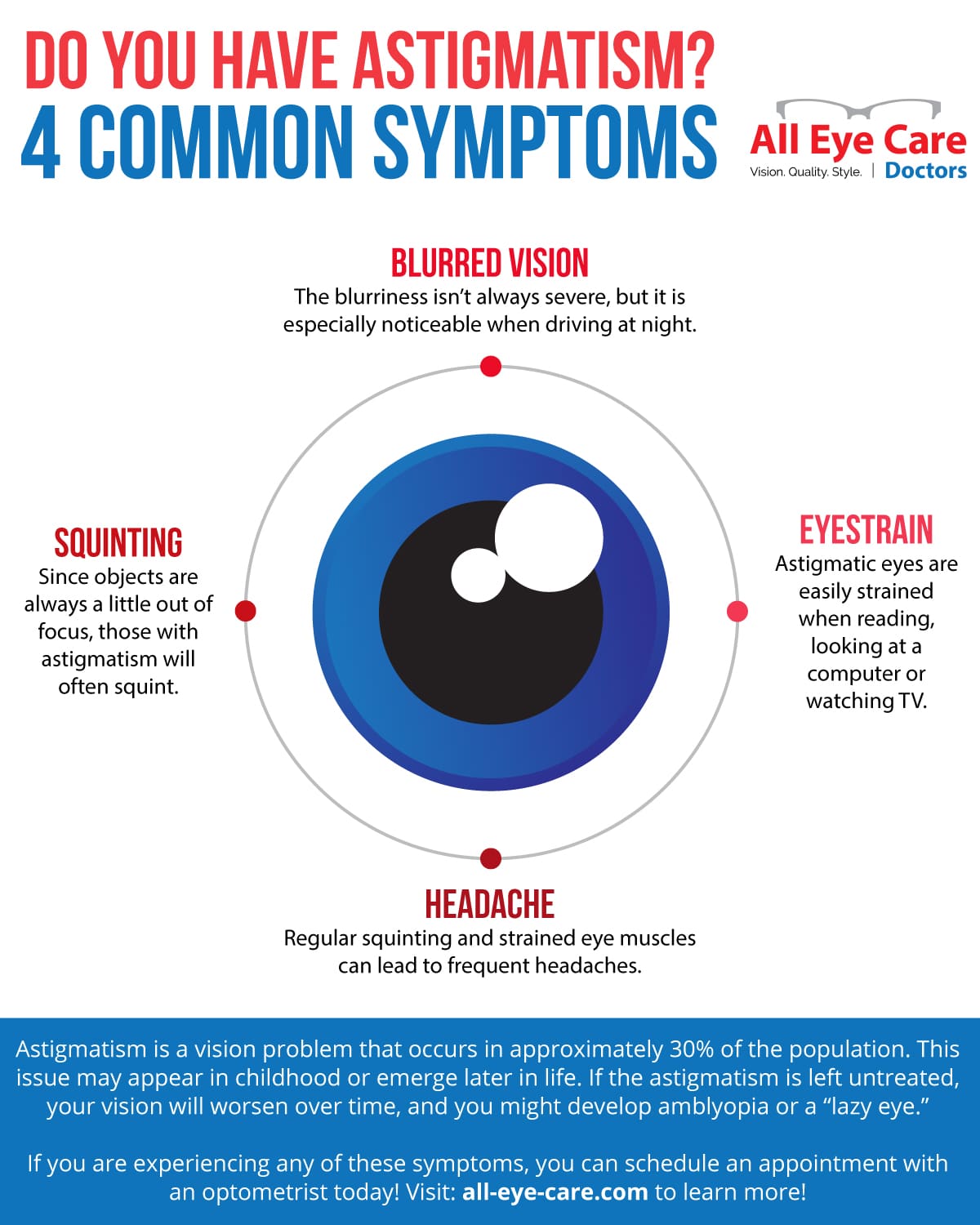This Article Discusses The LASIK Alternatives For Thin Corneas

Article by-Li Armstrong
There are lots of people who have actually been informed they can't get LASIK eye surgical procedure due to poor corneal density. Luckily, there are https://squareblogs.net/tuan01winston/this-post-assistance-you-to-recognize-the-cataract-surgical-treatment for them to think about.
These new treatment choices are more efficient than LASIK at dealing with particular types of vision issues and reducing the need for glasses or get in touches with. They're also a lot more budget-friendly than LASIK!
1. PRK
LASIK is a prominent laser vision modification surgery, however not every person is a suitable prospect for it. This is especially true for those with slim corneas or those who take part in energetic sports or operate in risky work that place them at a higher risk of injury to their eyes.
Luckily, there are other lasik choices that are effective as well as risk-free for clients that do not receive LASIK. Among these is PRK (photorefractive keratectomy).
Like LASIK, this treatment aims to permanently remedy your refractive error. Does LASIK Last Forever enables you to decrease or eliminate the requirement for glasses and contacts.
2. ASA
If you're thinking about LASIK yet have completely dry eyes or thin corneas, ASA (Advanced Surface Ablation) might be the right alternative for you. This laser vision modification technique reshapes the outer layer of your cornea, enabling your doctor to use an excimer laser to fix your eye's refractive mistake.
ASA is a more advanced version of PRK, or photorefractive keratectomy, which was the precursor to LASIK as well as was first authorized by the FDA in 1995. Throughout this treatment, your epithelium is separated, dampened with a diluted alcohol remedy, and also folded up back, prior to the excimer laser reshapes the cornea.
ASA has less threats than LASIK or PRK, and it normally takes a shorter recovery duration. Nonetheless, there are some side effects that ASA patients may experience, including post-operative discomfort as well as pain, undercorrection or overcorrection, and night vision disturbances.
3. Refractive lens exchange
For people who are severely nearsighted or farsighted and can not undergo laser vision improvement treatments such as LASIK or PRK, refractive lens exchange is a wonderful choice. This procedure is executed by replacing your all-natural lens with an unique intraocular lens (IOL) that remedies your refractive mistake as well as gets rid of the demand for glasses or contacts.
If you suffer from presbyopia, an age-related eye problem that triggers you to have trouble seeing at close ranges, Refractive lens exchange is the best alternative available to you. This is because LASIK can not efficiently correct this eye problem as it services the cornea.
For many people, the aging procedure creates the lenses in their eyes to shed flexibility and end up being much less flexible. This triggers problems focusing on up close things such as reading and dialing phones.
4. Monovision
Monovision is an approach of vision correction that makes use of a get in touch with lens to remedy for both far and wide ranges. It is most generally utilized to deal with presbyopia, which is an usual eye condition that happens as people age.
It can additionally be a choice to LASIK in some clients. With monovision, one eye is remedied for range vision and the other is fixed for close-up vision (near vision).
Many people that make use of monovision contact lenses do not need checking out glasses or glasses. Nonetheless, this is not always the instance.
In a handful of cases, it can be necessary to put on glasses when dealing with fine information or focusing on close-up items.
Surgical options for monovision consist of laser surgery and intraocular lens insertion. In LASIK Is Used To Treat -term, monovision might be tried with contact lenses to identify if it is appropriate for a patient.

